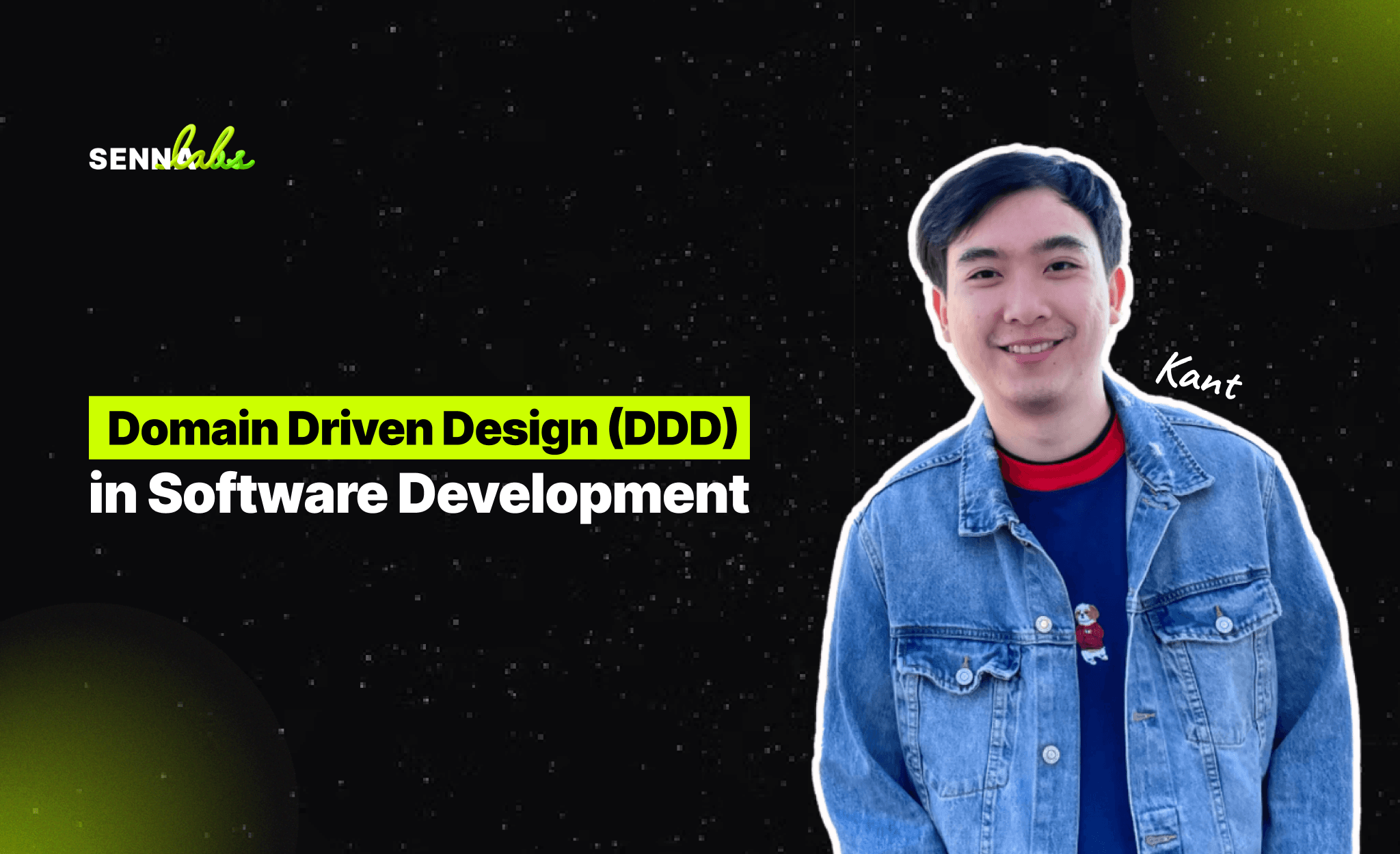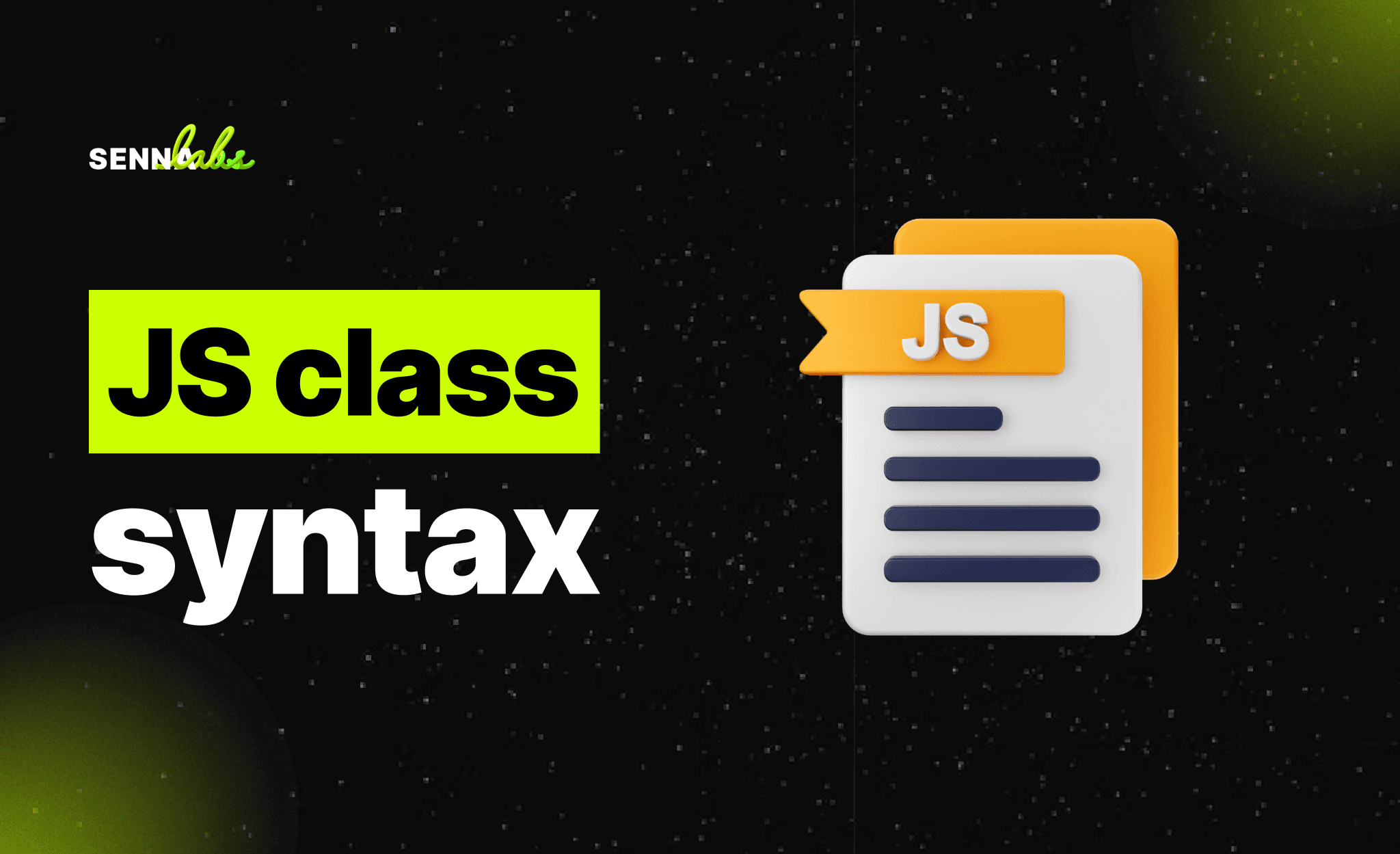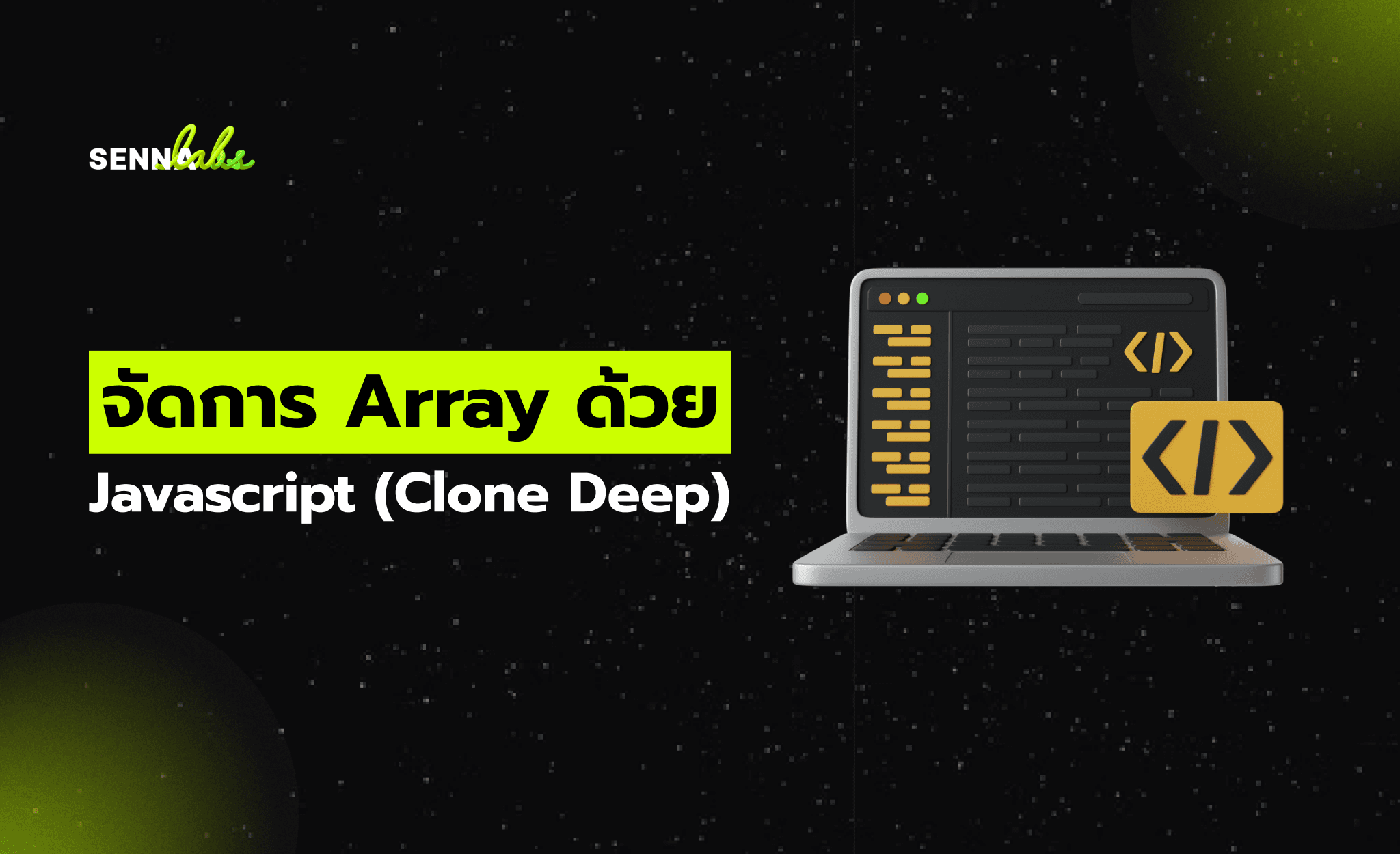Domain Driven Design (DDD) in Software Development
Share

In the ever-evolving landscape of software development, creating robust and scalable applications demands a deep understanding of the problem domain. Domain-Driven Design (DDD), introduced by Eric Evans in his seminal book "Domain-Driven Design: Tackling Complexity in the Heart of Software," provides a set of principles and practices to address the challenges of building complex software systems.
In this article, we will explore the key concepts, principles, and benefits of Domain-Driven Design, emphasizing its role in unraveling complexity and fostering effective collaboration between domain experts and developers.
Understanding the Essence of Domain-Driven Design
1. The Ubiquitous Language
Central to Domain-Driven Design is the concept of the ubiquitous language. This language is a shared vocabulary that encompasses the concepts and terms used by both developers and domain experts. It bridges the gap between technical and non-technical stakeholders, fostering clear communication and mutual understanding. The ubiquitous language serves as a blueprint for the design and implementation of the software system, ensuring that everyone involved speaks the same language.
2. Bounded Contexts
In a large and complex system, different parts of the application may have distinct meanings for the same term. To avoid ambiguity and ensure clarity, DDD introduces the notion of bounded contexts. A bounded context defines the scope within which a particular term or concept has a specific meaning. This concept acknowledges that a single, universal model for an entire system may not be feasible. Instead, different parts of the system may have their own models that make sense within their specific bounded contexts.
3. Entities and Value Objects
Entities and value objects are fundamental building blocks in DDD.
Entities are objects that have a distinct identity that runs through time and different states. For example, in an e-commerce system, a product could be an entity.
Value objects, on the other hand, are objects without an identity. They are defined by their attributes rather than an inherent identity. An example could be the price of a product. Value objects are immutable and can be freely shared and copied.
Understanding the distinction between entities and value objects helps in creating a clear and concise domain model.
Key Principles of Domain-Driven Design
1. Aggregate Design
Aggregates are clusters of domain objects treated as a single unit. They ensure consistency and integrity within the boundaries of the aggregate. The aggregate root is the entry point and the sole member through which the aggregate is accessed. This principle aids in managing complexity by defining clear boundaries and encapsulating business rules within aggregates.
2. Repositories
Repositories provide a mechanism to access and persist aggregates. They abstract the data access details, allowing the domain layer to focus solely on business logic. Repositories play a crucial role in ensuring that domain objects are properly retrieved, stored, and managed.
3. Domain Events
In DDD, events are used to capture changes in the state of the system. Domain events represent meaningful occurrences in the domain and help in maintaining consistency between different parts of the system. By embracing domain events, developers can design systems that are more responsive to changes and can easily adapt to evolving business requirements.
Applying Domain-Driven Design in Practice
1. Collaboration Between Domain Experts and Developers
Domain-Driven Design emphasizes the need for close collaboration between domain experts and developers. Developers must immerse themselves in the problem domain, gaining a deep understanding of the business and its intricacies. This collaboration is facilitated by the ubiquitous language, ensuring that the software reflects the actual business needs and requirements.
2. Iterative Development and Continuous Refinement
Domain-Driven Design encourages an iterative development process. Developers should continuously refine the model as their understanding of the domain evolves. This iterative approach acknowledges the complexity and uncertainty inherent in software development and allows for the incorporation of new insights and feedback from domain experts.
3. Strategic Design and Tactical Design
Strategic design involves making high-level architectural decisions that shape the overall structure of the software system. It includes defining bounded contexts, establishing context maps, and identifying key domain concepts. Tactical design, on the other hand, focuses on the detailed design within a specific bounded context. Both strategic and tactical design are essential components of effective Domain-Driven Design.
Benefits of Domain-Driven Design
1. Increased Understanding of the Problem Domain
One of the primary benefits of DDD is an increased understanding of the problem domain. By collaborating closely with domain experts and using a ubiquitous language, developers gain insights into the intricacies of the business. This deep understanding is crucial for building software that accurately reflects the needs of the business and can adapt to changes over time.
2. Improved Communication and Collaboration
The ubiquitous language serves as a communication bridge between technical and non-technical stakeholders. It reduces misunderstandings and ensures that everyone involved in the project speaks the same language. This improved communication fosters collaboration, leading to a more cohesive and effective development process.
3. Flexibility and Adaptability
Domain-Driven Design promotes flexibility and adaptability in software systems. The emphasis on an iterative development process allows the system to evolve as the understanding of the domain grows. This adaptability is particularly valuable in dynamic business environments where requirements may change frequently.
4. Scalability and Maintainability
By defining clear boundaries through bounded contexts and aggregates, DDD facilitates the creation of scalable and maintainable software systems. Each bounded context can be developed and maintained independently, reducing the complexity of the overall system. This modular approach enhances scalability and simplifies ongoing maintenance efforts.
Challenges and Considerations
While Domain-Driven Design offers numerous benefits, it is not without its challenges.
1. Learning Curve
Adopting DDD often requires a shift in mindset and may involve a learning curve for both developers and domain experts. Understanding and applying the principles of DDD effectively can take time, and organizations need to invest in training and education to ensure a successful adoption.
2. Modeling Complexity
Modeling a complex domain can be challenging, and finding the right abstractions and boundaries requires careful consideration. It's important to strike a balance between creating a comprehensive model and avoiding unnecessary complexity. Iterative refinement and feedback from domain experts are crucial in overcoming this challenge.
3. Implementation Overhead
Implementing DDD concepts such as aggregates, repositories, and domain events may introduce additional overhead in terms of development effort. While these concepts contribute to the clarity and maintainability of the code, developers need to carefully balance the benefits against the added complexity.
Case Studies
1. E-commerce Platform
Consider an e-commerce platform where different teams are responsible for managing products, orders, and customer accounts. By applying DDD, each team defines its bounded context with a clear ubiquitous language. The product team, for instance, may model products as entities with specific attributes, while the order team models orders and their life cycle within their bounded context. This approach ensures that each team can work independently within their domain, promoting agility and maintainability.
2. Financial Services Application
In a financial services application, DDD can help model complex financial transactions, account management, and risk assessment. By defining aggregates and establishing clear boundaries between different aspects of the financial domain, developers can create a system that accurately reflects the business rules and regulatory requirements. Domain events can be used to capture important financial events, facilitating auditing and reporting.
Conclusion
Domain-Driven Design is a powerful approach to building software systems that accurately represent the intricacies of a business domain. By fostering collaboration between domain experts and developers, creating a ubiquitous language, and emphasizing clear design principles, DDD enables the development of scalable, maintainable, and flexible software. While adoption may pose challenges, the benefits, including increased understanding of the problem domain, improved communication, and adaptability, make DDD a valuable methodology for tackling complexity in the heart of software.
As technology continues to advance and business domains become increasingly complex, Domain-Driven Design stands as a guiding philosophy, offering a roadmap for developers to navigate the challenges of software development and deliver solutions that truly align with the needs of the business.

Share

Keep me postedto follow product news, latest in technology, solutions, and updates
Related articles
Explore all


